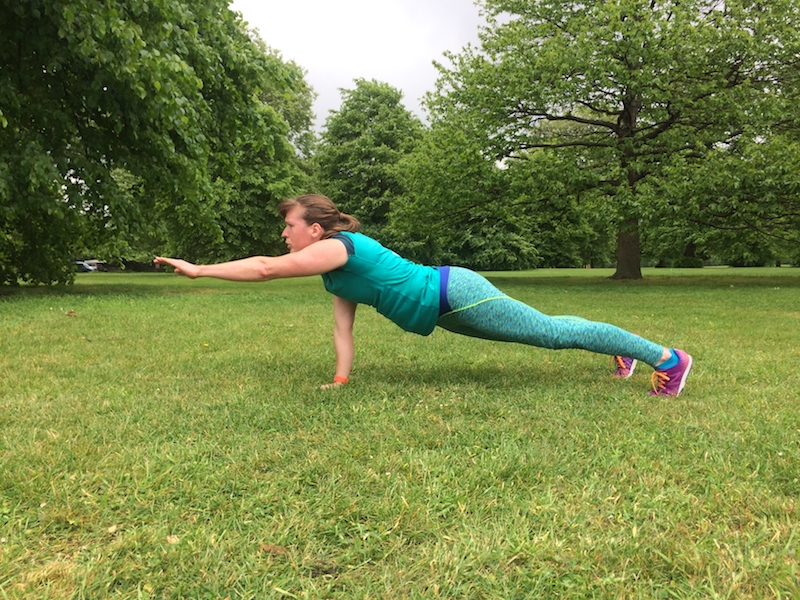
After years of sewing my own activewear, producing 13 patterns, teaching multiple classes, and even writing my “Sew Your Own Activewear” book, I can safely say that I am 100% on Team Activewear for #sewphotohop today. But I know not everyone is. So I’d like to address the activewear sewing myths I hear over and over again…
- MYTH 1: “But I need a special machine!” NOT TRUE! You can make excellent and robust activewear using just your regular sewing machine. In fact, I teach entire masterclasses *just* using sewing machines and my students are gobsmacked with the quality of their activewear at the end. (I’ve got one coming up at New Craft House in London, or have a look at my “Sewing activewear without a serger” post)
- MYTH 2: “But activewear fabrics are so hard to find!” NOT TRUE! I have a global list of activewear fabric suppliers, and believe me, I can barely keep up with all the new suppliers that keep popping up. And these days there are multiple places that will digitally print aaaaaaannnything onto a stretchy activewear base. Literally anything.
- MYTH 3: “But activewear fabrics are so expensive!” NOT (necessarily) TRUE! Just like with other fabrics, there are a wide range of activewear fabrics out there at every price point. But seriously, activewear is one of the few places where you can actually save money over buying RTW. I know loads of ladies who run in the high end Nike/Lulu/boutique leggings that will set you back £90 a pop. Even if you buy the most expensive, digitally printed premium fabric for £35/m, and say you’re really tall and need 1.5m, you are still saving nearly £40 on each pair!
- MYTH 4: “But what about chafing?!” Personally, I think many people think chafing is a bigger problem than it actually is. But there are lots of things you can do to prevent it, like flattening seams with topstitching, choosing the right fabrics (NO COTTON!), or shifting seams away from areas that might rub. Case in point: my Steeplechase Leggings are probably my most popular pattern because there are no inseams whatsoever – the seam runs up the back/side of the leg instead so there’s nothing to rub!
- MYTH 5: “But I don’t exercise!” You don’t have to be a marathon runner to make great-looking and functional activewear. If you’ve got a body, you can exercise, and if you can sew, you can make activewear.

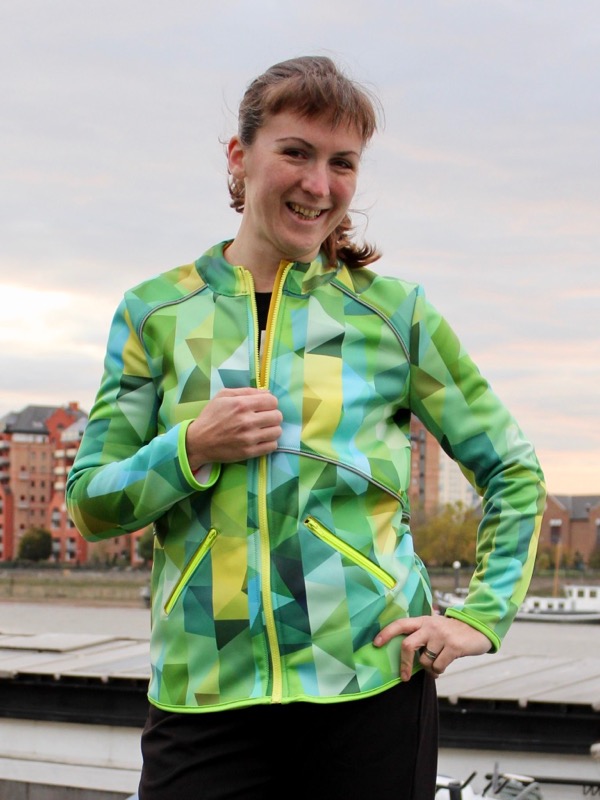
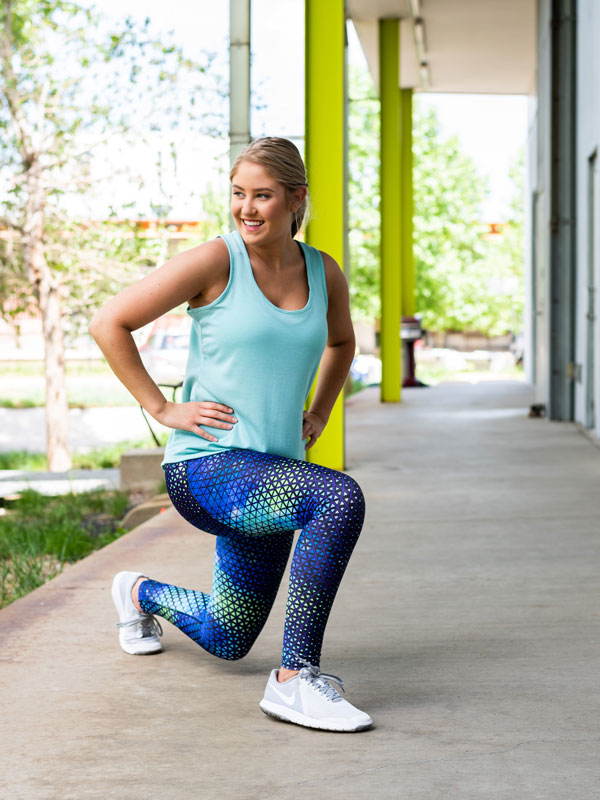
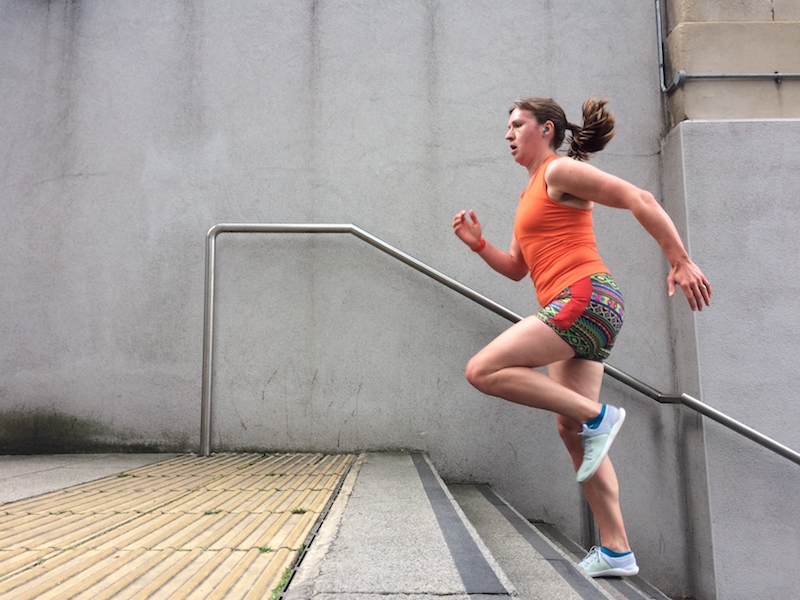
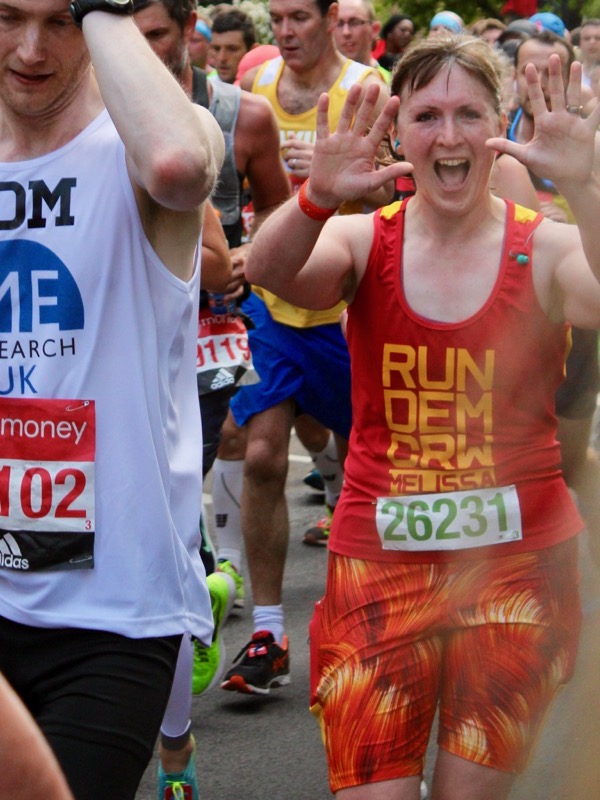
Sewing my own activewear has freed me from bland and boring designs and allowed me to express myself without hindering my ability to move and perform in a race situation. It’s brought me joy and creativity and given me the confidence to try new sports and push myself further than I ever thought possible.
What myths are stopping you?
